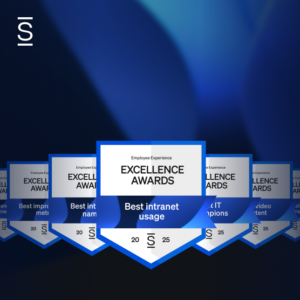Developing your Employee Engagement Strategy: 4 Pitfalls to Avoid
It is true that highly engaged employees are more productive and that many are willing to voluntarily contribute extra time and effort to get the job done. They stay with the company longer and produce higher-quality work, giving your organization’s investment in employee engagement a strong probability of good returns. However, it is possible to take employee engagement initiatives too far. Avoiding these four pitfalls is critical to the long-term success of your employee engagement strategy.
1. Burnout
Engaged employees work harder, devoting their time and energy into getting the job done right. The flip side of this tendency is the possibility they will neglect their personal responsibilities and their health. Encourage your employees to use their vacation and personal time, and set a limit on late nights and weekends. While you might see a decrease in short-term work product, your staff members will stay with you long-term.
2. Isolation
All sorts of personalities are needed for your organization to be successful, and both introverts and extroverts can be relied upon to produce when they are highly-engaged.
However, some engagement programs put too much emphasis on specific traits and characteristics, for example an outgoing personality. Talented staff members who lack certain personality styles feel out of place when their contributions aren’t recognized equally, decreasing their engagement and ultimately causing them to leave the organization.
3. Risk Identification
In addition to the possibility of alienating employees who lack favored personality styles, a failure to value the benefits of certain, less-positive viewpoints leads to failures in risk identification and mitigation.
Individuals who occasionally come across as pessimistic are likely to be the best resource for identifying potential risks. These employees play an important role in preparing risk mitigation plans, though managers may prefer the glass-half-full perspectives of more optimistic team members.
Finding a balance between strong employee engagement levels and embracing diverse personalities and perspectives can be challenging, but it is well worth the effort. Companies that can manage both find that as an enterprise, they are stronger, more flexible and more creative.
4. Aversion to Change
Finally, research has shown that true organizational change requires a certain level of restlessness and dissatisfaction that you are unlikely to find with highly-engaged employees. These positive workers are typically content with the status quo. For a truly dynamic organization that is constantly innovating, there is such a thing as too much engagement.
Finding a balance between strong employee engagement levels and embracing diverse personalities and perspectives can be challenging, but it is well worth the effort. Companies that can manage both find that as an enterprise, they are stronger, more flexible and more creative.
The costs associated with high turnover, low employee productivity and poor customer service are just some of the reasons that the most successful companies focus on employee engagement. World-class organizations know that engaged employees are innovators, and the most creative ideas come from passionate staff members.
In addition, businesses with high employee engagement enjoy a strong employer brand, making it easy to improve the employee experience and attract top talent in a tight labor market. Designing and implementing a comprehensive employee engagement strategy is a must in today’s highly competitive marketplace.
Download our eBook: Employee Engagement Statistics: 2018 State of the Intranet














